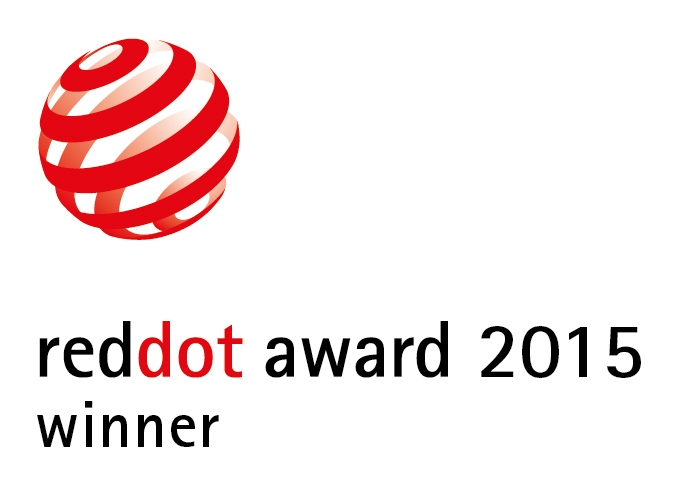9 reasons why the MPH2 deserves recognition.
After a tour of the Emerson Network Facility in Ohio, our eyes were opened …but first, a quick description of what this Emerson Managed Rack PDU:

MPH2™ is the most intelligent, high-availability line of managed rack PDUs. It offers remote monitoring and control capabilities as well as environmental input options, with multiple power input selections and output configurations, allowing data center power control to the receptacle level, as well as monitoring of the strip and environmental input options, such as rack temperature and humidity. MPH2 offers the industry’s leading operating temperatures, ensuring availability even in the harsh environment at the back of the rack.Emerson Network Power

nbsp;
1. The MPH2 hovers around 5-6 Watts in power consumption.
While competitors have to energize the relays, which may take 20-25 Watts of power just in idle, the Emerson MPH2 latching type of relays is down to 5 Watts.
How do you extrapolate that? Calculate the number of PDUs in data centers and consider the substantial energy savings over the course of just one year.
2. The MPH2 is designed to operate at 60 degrees Celsius, continuously, that’s 140 degrees Fahrenheit!
To achieve the extra 5 degrees is tough and doesn’t come easy.
3. The cooling systems and power systems function together.
From a thermodynamics standpoint, the hotter the air return temperature at the back of the rack that you can feed into your cooling units, the more efficient that cooling system is going to run. It takes a large amount of the power consumed inside the data center — big focus there on data center efficiency.
So the higher temperature rating of the MPH2 allows you to push that boundary further than with other equipment products.
4. Two powerful features of the MPH2
One is related to temperature, the software temperature protection, where you set a temperature alarm and if it hits that point the Rack PDU will automatically turn off those devices. After all, the goal is to preserve the servers (the more expensive equipment).
The other is more protective, software over curve protection. The goal of the rack PDU is not to trip circuit breakers inside and, certainly, not to cause an upstream ripple effect through the power chain.
To mitigate that possibility, if the temperature inches above the alarm threshold, certain types of idling receptacles, with no measured current, can be turned off to open the relays and then lock them. This way nothing attached is disrupted and all other receptacles are blocked so no one tries to stick anything else in there. Those are power features!
5. In the outlet, when it’s monitoring the server, is there a way to monitor or tell if there is a power supply in a server is slowly dieing?
The LED has a specific purpose. Either it will flash over correct conditions with two colors, red and green, or the circuit breaker is open, and there will be some indication that the whole branch is affected. But in terms of it looking specifically at a circuit factor or a power factor that may change over time, there is no signal processing that goes on.
6. What happens if you lose one on the array, does everything still stay up?
The power distribution of all four on the array will stay up, it’s unaffected. However the controls/ability for number two to communicate to number three is lost. But once you make that connection again, you’re good.
The overall the product is designed so if the controls go down for some reason, the web card locks up, or if the internal power supply fails because of the lapsing relays, they hold their ground, they keep the same state, and the power stays the way it is.
7. MPH2 Reliable Design
I don’t if you’ve noticed how this thing goes together, but if you look at the ends, there are no screws. And unless you know the secret, it all snaps together in manufacturing. The designing experts thought pretty deeply about how this thing gets manufactured for reliability concerns.
If there were a lot of screws, think of what could happen with all those tiny pieces. It could drop down in and go unnoticed. So we took a lot of steps to make the inside easy to put together so the associates are clear in what they’re doing, there’s not a lot of little itty bitty parts that can get lost. And then the reliability is enhanced, too, to make it simple.
8. How difficult is it to upgrade a PDU?
We have existing products in the field with RPC1000s. If we go back to that customer analysis and ask would you like the RPC2, all they have to do is pop the card out and swap it. It’s not exchanging the whole PDU.
9. Ensuring the breaker is not open and everything is getting power…
These IT guys, that’s all they want to do: make sure the breaker is not open and everything is getting power — and they’re happy.
Emerson does some things internally, like when they open and close relays, they make sure it happens at a nice spot in the curve. The reason for doing that is relay contacts can get hit pretty hard with input currents or it can bounce. So to mitigate all those issues that quickly lead to quality problems down the road, Emerson manages that very precisely. Within milliseconds, it is known exactly when that relay is closing. So they can hit right at the zero-crossing.




